18 Wild Animals in Turkmenistan [Wildlife in Turkmenistan]
Want to know more about the wildlife in Turkmenistan?
Discover 18 wild animals in Turkmenistan in this post, as well as interesting facts about them. 🇹🇲
Learn All About Turkmen Animals
Ready to learn all about Turkmen animals?
I’ve always been fascinated by animals, and by how they can be so different from one country to another. In this guide, we’ll focus on the many animals Turkmenistan has on the land, in the sky, and underwater.
I’ve split the guide into 4 categories:
- Native animals from Turkmenistan
- Endangered animals of Turkmenistan
- What is Turkmenistan national animal?
- How many animals native to Turkmenistan?
Let’s dive in right away with our first category!
Native Animals from Turkmenistan
Turkmenistan is a landlocked Asian country located in the central part of the continent, west of the Caspian Sea. It is home to what was once the biggest city in the world (Merv), has the fifth largest reserves of natural gas in the world, is globally criticized for its very poor human rights, and used to be part of the Russian Empire. It is bordered by Uzbekistan, Kazakhstan, Iran, and Afghanistan, and its capital and largest city is Ashgabat, which counts more than 1,031,000 inhabitants.
An interesting part of the country that I wanted to tackle is its wildlife. In light of that, I have listed the best of it, and I hope you will love learning what animals live in Turkmenistan.
Here’s the Turkmenistan animals list.
1. Bactrian deer
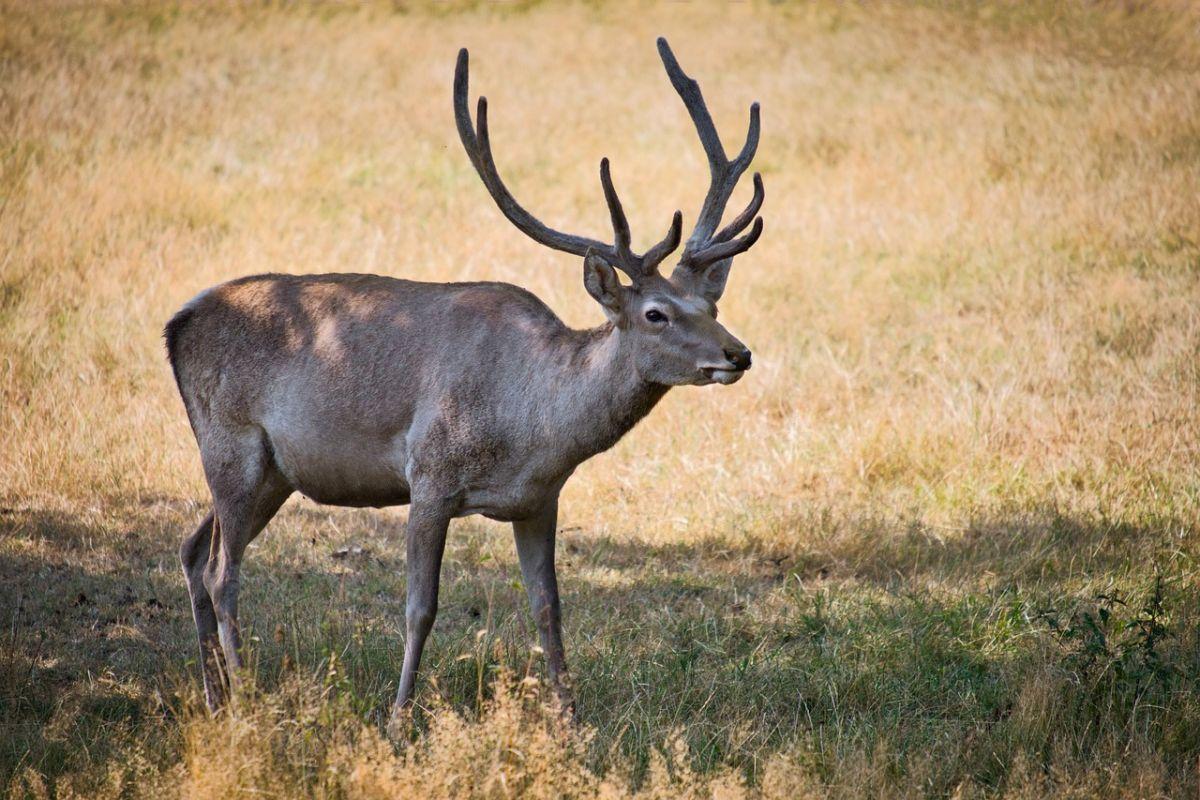
- Name: Bactrian deer
- Scientific name: Cervus hanglu bactrianus
- Conservation status:
The Bactrian deer, also known as the Bactrian wapiti, the Bokhara deer, or the Bukhara deer, is a subspecies of the Central Asian red deer native to Central Asia, mainly Turkmenistan. It inhabits the lowland areas of the country, usually in mixed, deciduous vegetation surrounded by deserts.
Fewer than 400 Bactrian deers remained in 1999, but thanks to a lot of conservation efforts, their numbers have increased to about 1,000.
2. Persian leopard
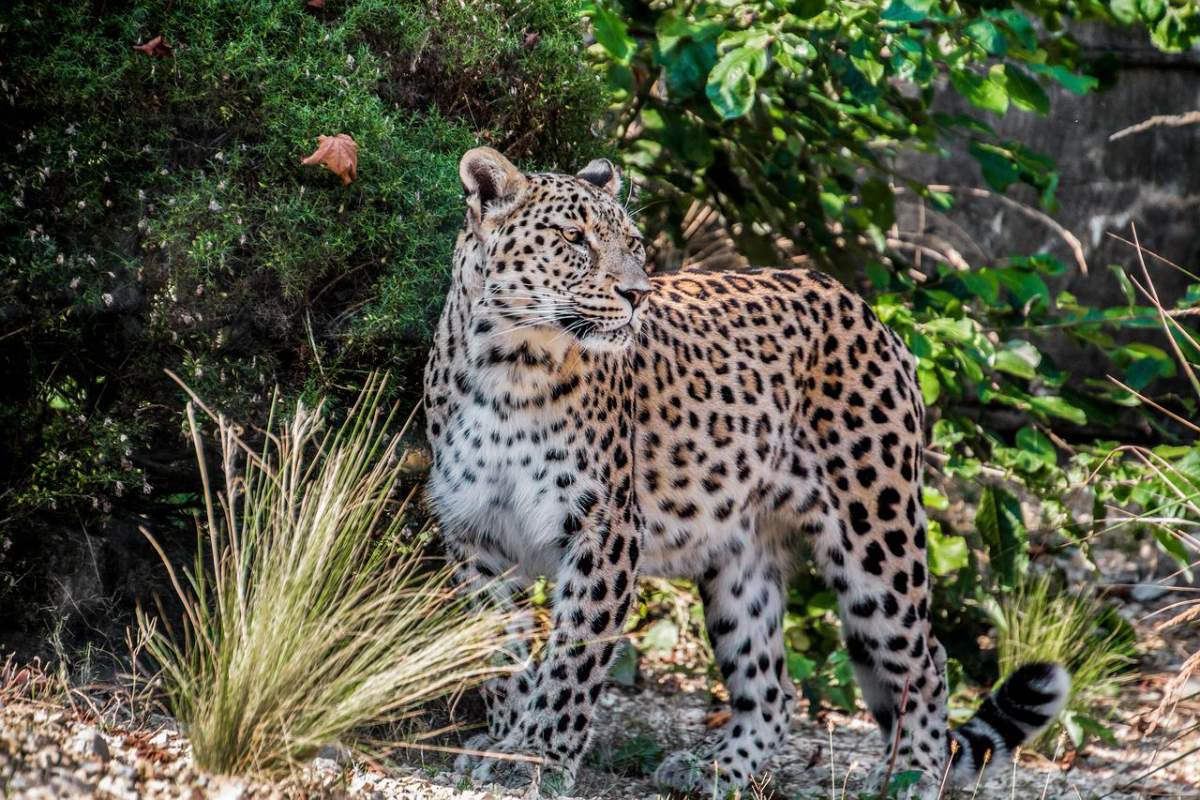
- Name: Persian leopard
- Scientific name: Panthera pardus tulliana
- Conservation status:
The Persian leopard, also known as the Anatolian leopard or the Caucasian leopard, is the largest subspecies of the leopard. It is native to Turkmenistan, as well as the neighboring countries of Afghanistan, Iran, Turkey, and the Caucasus.
This big cat is listed as endangered due to its low population of fewer than 1,000 mature individuals. It inhabits the subalpine meadows, mixed and temperate broadleaf forests, and rugged ravines of Turkmenistan at elevations between 600 and 3,800 m / 2,000 and 12,500 ft.
3. Caspian cobra
- Name: Caspian cobra
- Scientific name: Naja oxiana
- Conservation status:
The Caspian cobra, also known as the Russian cobra, the Oxus cobra, the ladle snake, or the Central Asian cobra, is a venomous species of snake endemic to Central Asia.
This cobra can be found throughout Turkmenistan. It lives in semi-arid and arid areas, as well as shrub foothills at altitudes of up to 3,000 m / 9,800 ft above sea level. Although quick to avoid conflict with humans, it is particularly defensive when threatened and can strike repeatedly.
4. Russian tortoise
- Name: Russian tortoise
- Scientific name: Testudo horsfieldii
- Conservation status:
The Russian tortoise, also known as the four-clawed tortoise, the steppe tortoise, the Afghan tortoise, Horsfield’s tortoise, or the Central Asian tortoise, is a species of tortoise endemic to Central Asia. It is considered vulnerable to extinction due to various human activities.
3 subspecies of the Russian tortoise can actually be found in Turkmenistan, one throughout the country, one in the north, and one in the southwest. They are popular pets and are often captured for that purpose.
5. Tolai hare
- Name: Tolai hare
- Scientific name: Lepus tolai
- Conservation status:
The tolai hare is a species of hare native to Central Asia, central and northern China, and Mongolia. It inhabits the steppes, semi-deserts, forest meadows, and rocky habitats of Turkmenistan, where it is relatively common thanks to its fast reproductive rate.
This hare is herbivorous and nocturnal, and it feeds on grasses, roots, and herbs. It breeds 2 to 3 times per year and gives birth to 2 to 6 young each time.
6. Striped hyena
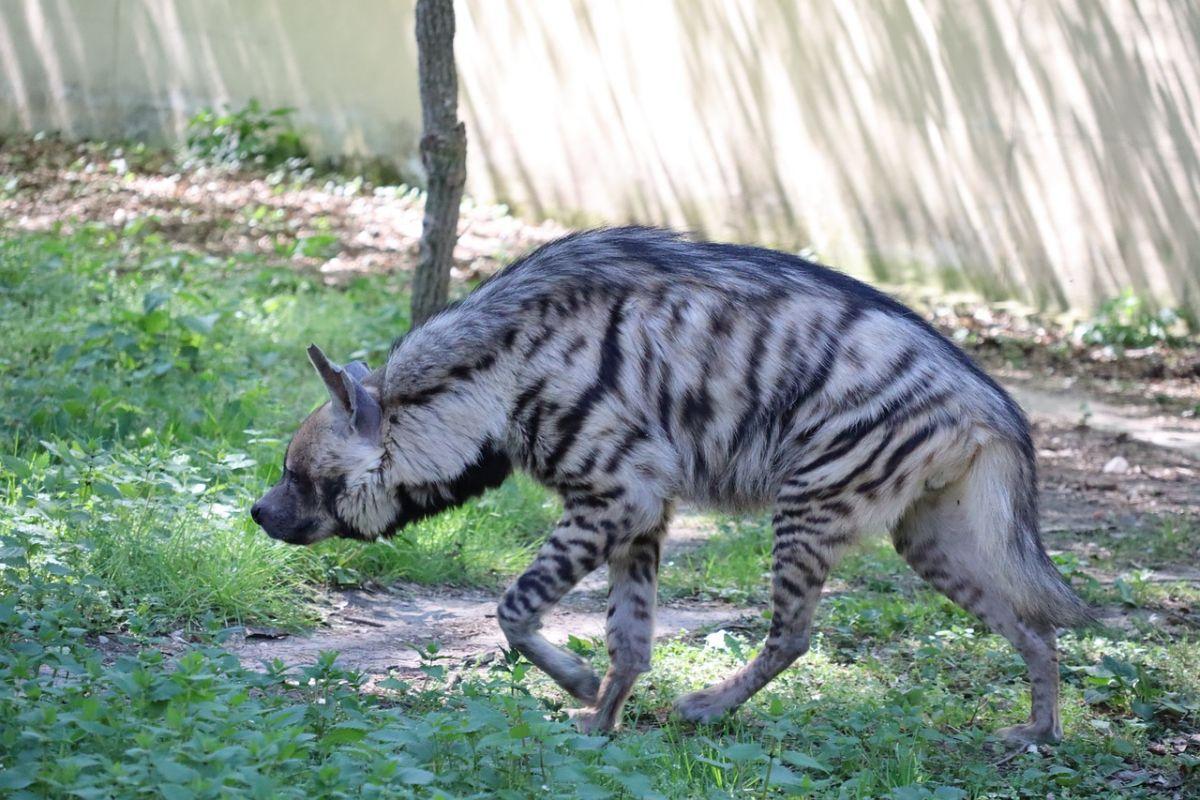
- Name: Striped hyena
- Scientific name: Hyaena hyaena
- Conservation status:
The striped hyena is a species of hyena native to Central Asia, the Indian subcontinent, the Middle East, the Caucasus, and northern and eastern Africa. It is on a continuous decline, with fewer than 10,000 mature individuals left in the wild, and its numbers are most likely going to decline by 10 additional percent over the next 3 generations.
In Turkmenistan, the striped hyena feeds on porcupines, tortoises, wild boars, and kulans.
7. Desert monitor
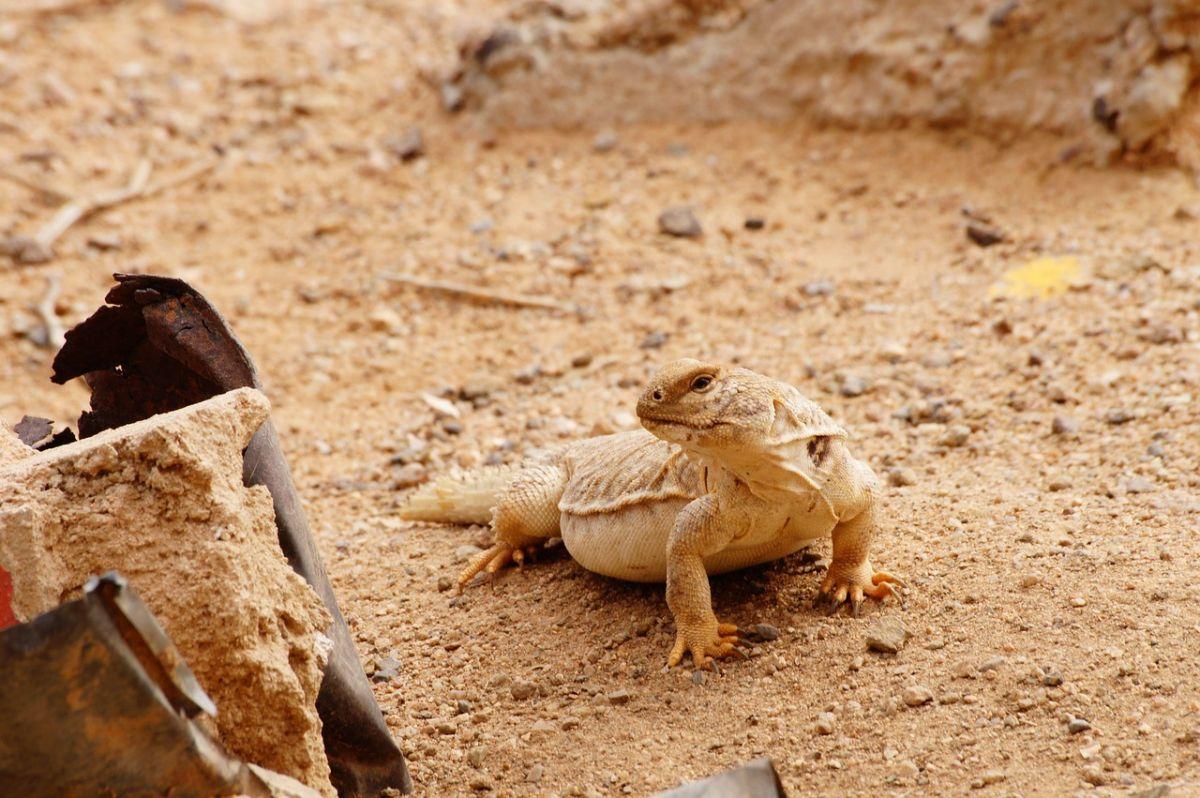
- Name: Desert monitor
- Scientific name: Varanus griseus
- Conservation status:
The desert monitor is a species of monitor lizard native to Central and South Asia, as well as North Africa. Similarly to other monitors, it is a carnivore that feeds on mice, fish, and eggs, but also small mammals, reptiles, amphibians, insects, and birds. In captivity, this lizard does very poorly, and only survives a few years.
The possibility of venom for the desert monitor is largely debated: it could come from venom glands in the mouths of the species.
8. Caspian seal
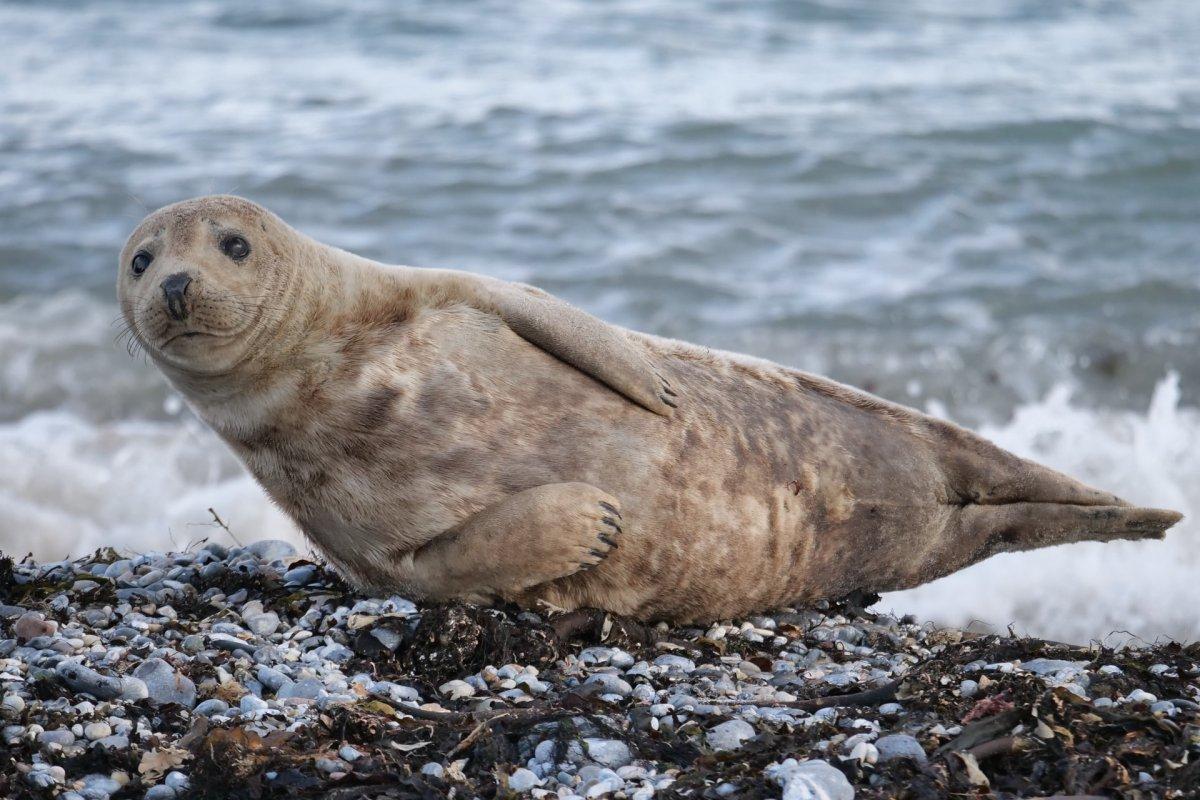
- Name: Caspian seal
- Scientific name: Pusa caspica
- Conservation status:
The Caspian seal is one of the smallest species of earless seals in the world. Strangely enough, it can only be found in the Caspian Sea, as its name suggests: it probably was an Arctic ringed seal that migrated south and became stuck in the Caspian Sea when continental ice sheets melted.
In order to feed, the Caspian seal dives at shallow depths of about 50 m / 160 ft for 1 minute, and it feeds on fish. Except for the mating season when it gathers in groups, it is a solitary animal.
9. Goitered gazelle
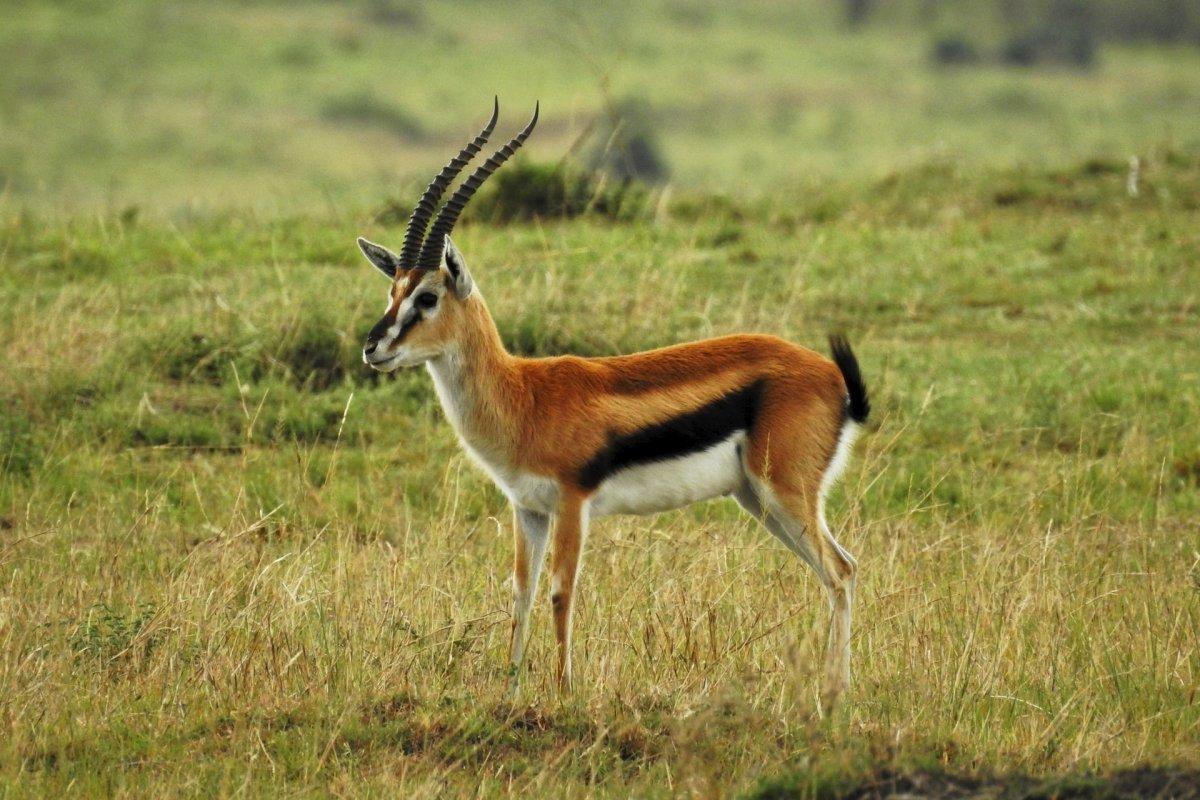
- Name: Goitered gazelle
- Scientific name: Gazella subgutturosa
- Conservation status:
The goitered gazelle, also known as the black-tailed gazelle, is a species of gazelle native to multiple Asian countries, including Turkmenistan, Kazakhstan, Uzbekistan, and Azerbaijan. It inhabits limestone plateau, as well as sands and gravel plains, and it migrates every season, covering up to 30 m / 18.6 mi per day during the winter.
The scientific name of this gazelle comes from the enlargement of males’ necks and throats during the mating season.
10. Dice snake
- Name: Dice snake
- Scientific name: Natrix tessellata
- Conservation status:
The dice snake, also known as the water snake, is a nonvenomous species of snake native to much of southeastern Europe and western Asia. It usually lives near rivers, lakes, and streams, where it feeds on fish and amphibians.
When attacked, this snake can either spread a bad-smelling scent or play dead. While it is solitary throughout the year, it gathers in large groups from March to May, the mating season.
11. Long-legged buzzard
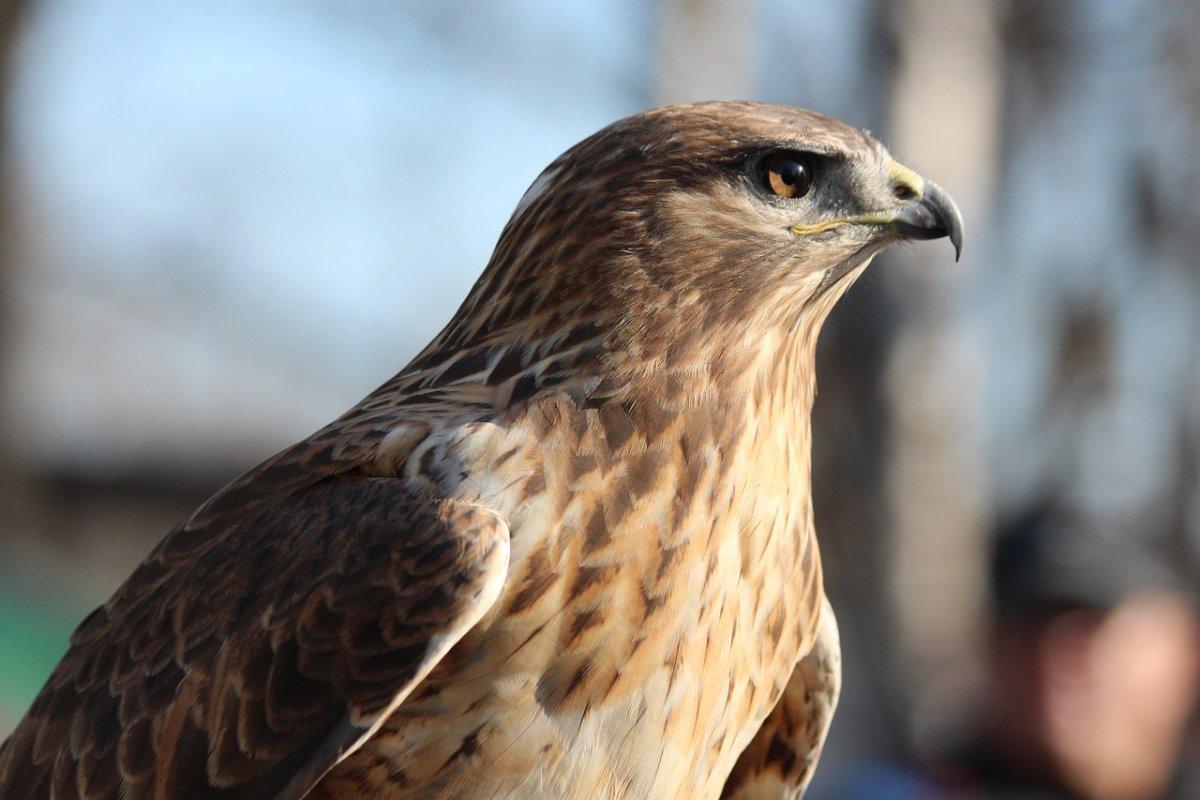
- Name: Long-legged buzzard
- Scientific name: Buteo rufinus
- Conservation status:
The long-legged buzzard is a species of bird of prey native to multiple areas of Eurasia and North Africa. Similarly to other buzzards, it feeds on small mammals, but also on insects, birds, carrion, and reptiles. Although fairly versatile, it usually prefers rocks, trees, and cliffs for its nest.
This raptor lives in much of Turkmenistan, even along the Caspian Sea coast. When looking for food, it flies at about 30 m / 98 ft above the ground before swooping down on its prey.
12. Eurasian brown bear
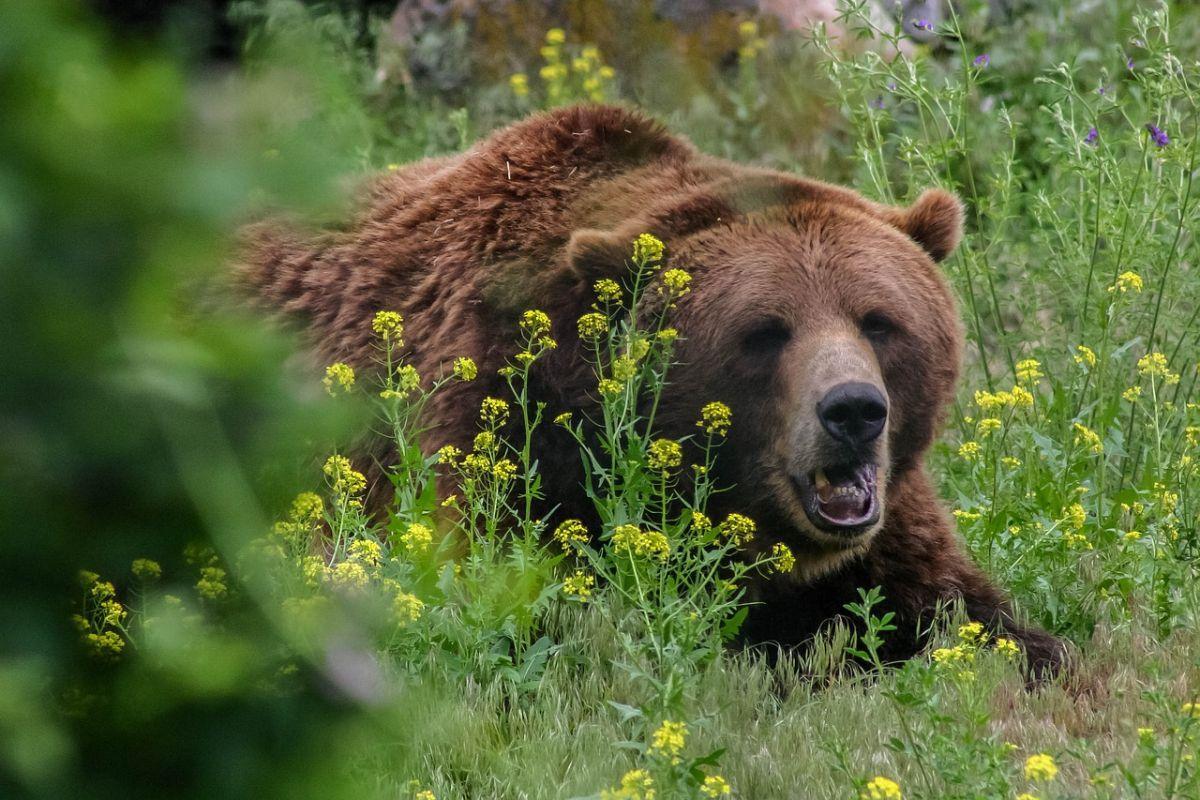
- Name: Eurasian brown bear
- Scientific name: Ursus arctos arctos
- Conservation status:
The Eurasian brown bear, also known as the common bear or the European brown bear, is one of the most common subspecies of the brown bear. As its name implies, it can be found throughout all of Eurasia.
This animal has been present in human-wildlife interactions for thousands of years. During Ancient Rome times, it was used for fighting in arenas! Also, it was previously present in Britain but was exterminated through overhunting.
13. Blasius’s horseshoe bat
- Name: Blasius’s horseshoe bat
- Scientific name: Rhinolophus blasii
- Conservation status:
Blasius’s horseshoe bat is another of the endangered mammals of Turkmenistan, although its global assessment is of least concern. This bat can be found in multitudes of areas, although they are not connected to each other: northwestern Africa, southeastern Europe, southern and northeastern Africa, the Arabian Peninsula, and West Asia.
This bat is insectivorous and feeds on moths, beetles, flies, and termites. It can be found from sea level to up to 2,215 m / 7,267 ft above it and lives in forests, shrublands, savannas, and deserts.
14. Turkmenian ratel
- Name: Turkmenian ratel
- Scientific name: Mellivora capensis buechneri
- Conservation status:
The Turkmenian ratel is a subspecies of the honey badger endemic to Turkmenistan. Although it is fairly similar to other subspecies, it has a larger body.
The honey badger is a species of mammal with a very wide distribution. Despite its medium size, it is incredibly ferocious and surprisingly strong. Although primarily a carnivorous species, it can adapt to its environment and feed on practically anything, including honey, hence its name.
15. Eurasian lynx
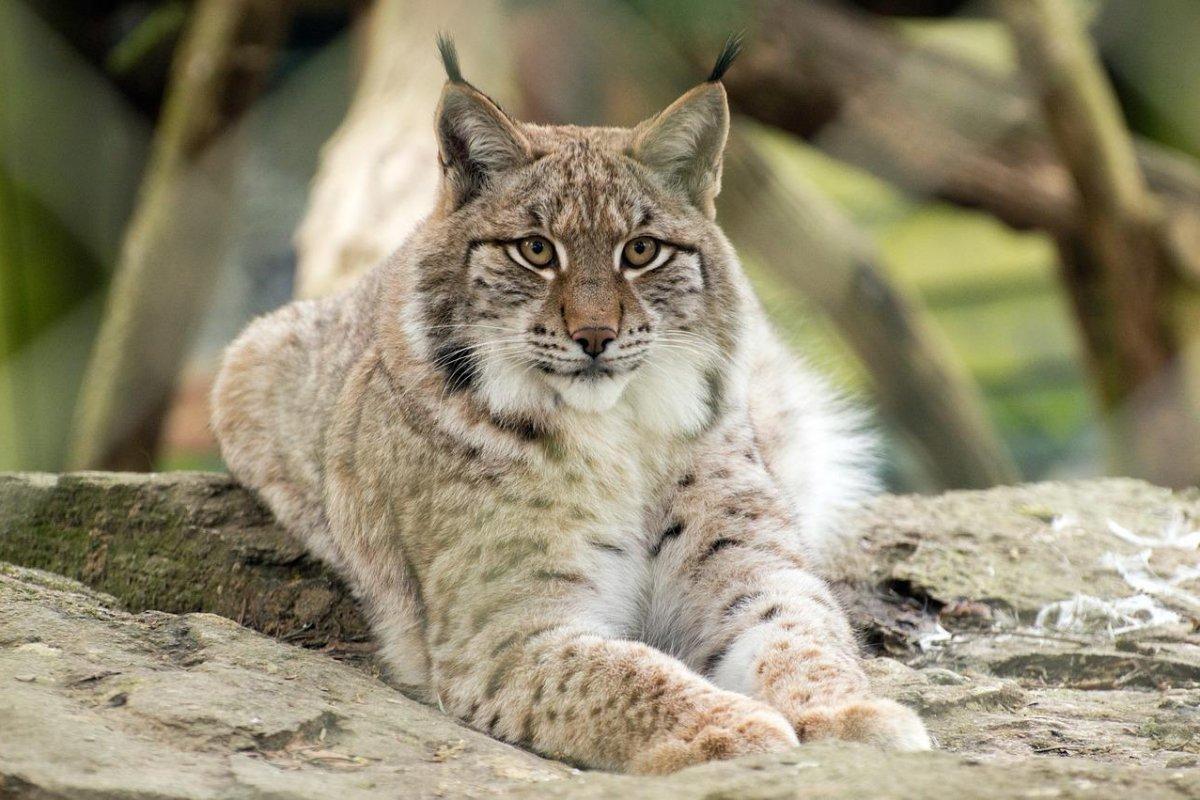
- Name: Eurasian lynx
- Scientific name: Lynx lynx
- Conservation status:
The Eurasian lynx is a medium-sized species of wild cat native to northern, eastern, and central Europe, and into Central Asia, the Himalayas, and Siberia. Thanks to this very wide range, it is still considered of least concern, despite seriously suffering from poaching, habitat fragmentation, and loss and depletion of prey.
This elusive felid can be found at heights of up to 5,500 m / 18,000 ft throughout its range.
16. Caracal
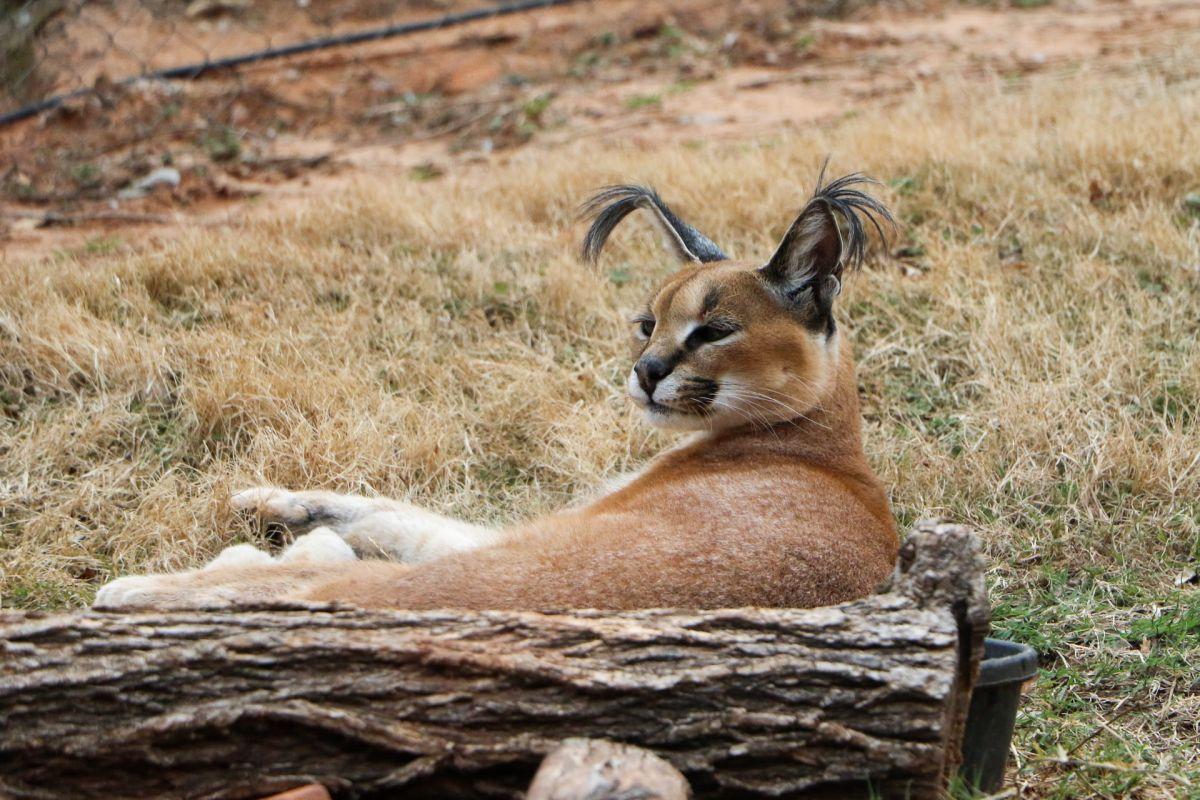
- Name: Caracal
- Scientific name: Caracal caracal
- Conservation status:
The caracal is another medium-sized species of wild cat with a very wide distribution: it can be found in sub-Saharan Africa, the Arabian Peninsula, and western Asia. It inhabits the forests, marshy lowlands, and semi-deserts of Turkmenistan.
This mammal has long legs, as well as long, tufted ears, and is an agile predator. It feeds on small to large mammals, as well as birds, snakes, insects, and lizards.
17. Markhor
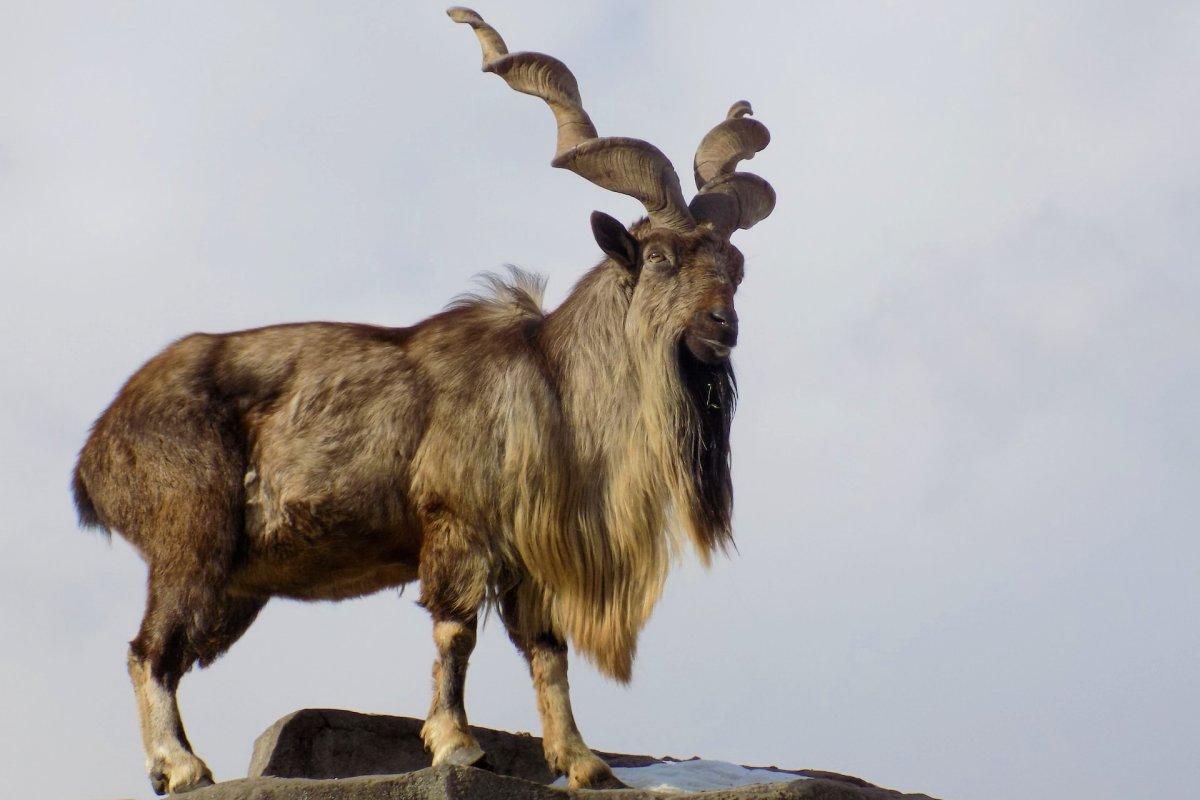
- Name: Markhor
- Scientific name: Capra falconeri
- Conservation status:
The markhor, also known as the screw-horned goat or the screw horn, is a large species of wild goat native to Central Asia, the Himalayas, and the Karakoram. It has been considered near threatened with extinction since 2015 due to illegal poaching, habitat fragmentation, and loss and trophy hunting.
This goat is an emblem of Western Asia as a whole. It is the national animal of Pakistan and was one of the 72 animals featured in the WWF Coin Collection of 1976.
18. Pallas’s cat
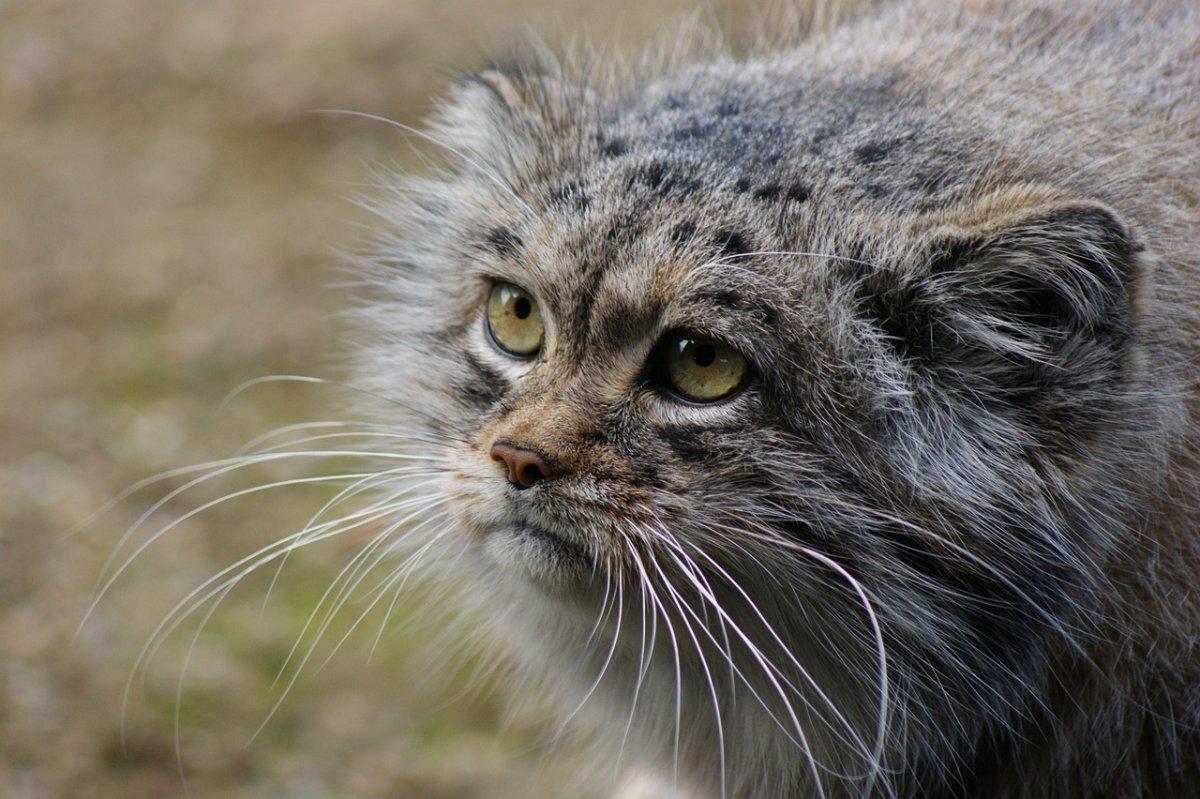
- Name: Pallas’s cat
- Scientific name: Otocolobus manul
- Conservation status:
The Pallas’s cat, also known as the manul, is a small species of wild cat with long, dense fur. It has rounded ears, low on the side of its head, and it is adapted to living in the cold continental climate, with little rainfall and a wide range of temperatures.
This cat inhabits shrublands and montane grasslands in Turkmenistan, and it rests and hides in rock crevices and burrows. When it comes to feeding, it primarily hunts for rodents and lagomorphs.
—
So there you have them, these were my 18 wild animals in Turkmenistan. I hope you enjoyed this list and that you learned something new today.
In case you want to learn more about animals in the country, feel free to keep reading, as I still have lots of things to tell you about:
Endangered Animals of Turkmenistan
This is definitely the saddest part of the list, but it is very important to raise awareness. Because of this, let’s go through the list of endangered animals in Turkmenistan.
Here are the animals in danger of extinction in Turkmenistan.
- Inconnu
- Amu Darya shovelnose sturgeon
- Saiga
- Sociable lapwing
- Persian sturgeon
- Southern even-fingered gecko
- and 6 more…
- Pallas’s fish-eagle
- Uzbekistan toadhead agama
- Southern Caspian sprat
- Anchovy sprat
- Caspian seal
- and 9 more…
To see the full list of endangered species in Turkmenistan, head over to the International Union for Conservation of Nature’s Red List.
What is the National Animal of Turkmenistan?
The national animals of Turkmenistan are the Akhal-Teke and the Alabai.
In fact, there is no official national animal in Turkmenistan, but these two animals hold a particular cultural importance in the country.
The Akhal-Teke is a horse breed from Turkmenistan. Its bright coat gave it its nickname “golden horse”, and most of the 6,600 specimens of the world live in Turkmenistan. They are unique, one of the oldest horse breeds, and is a local pride in the country.
The Alabai is a dog breed of livestock guardians. One of these dogs was gifted to Vladimir Putin in an iconic meeting with Turkmenistan’s president in 2017. On top of this, it is also a national pride, a favorite in the country, and a giant statue was built in the Turkmen capital.
How Many Animals Native to Turkmenistan?
What is the diversity of native animals in Turkmenistan?
Let’s look at the total number of species of Chordata (mammals, birds, fishes, and reptiles).
Total number of animal species in Turkmenistan: 651 (5,029 in total in West and Central Asia)
More About Animals in the World!
Loved these Turkmenistan animal facts? Want to see what animals live in other countries?
Then check out these posts:
Or click here to see ALL the facts up on the blog! Spoiler alert: there’s A LOT of them.
Share the knowledge! Click on the buttons below to share information about these famous animals in Turkmenistan with your friends, and help them learn more about the world 🙂
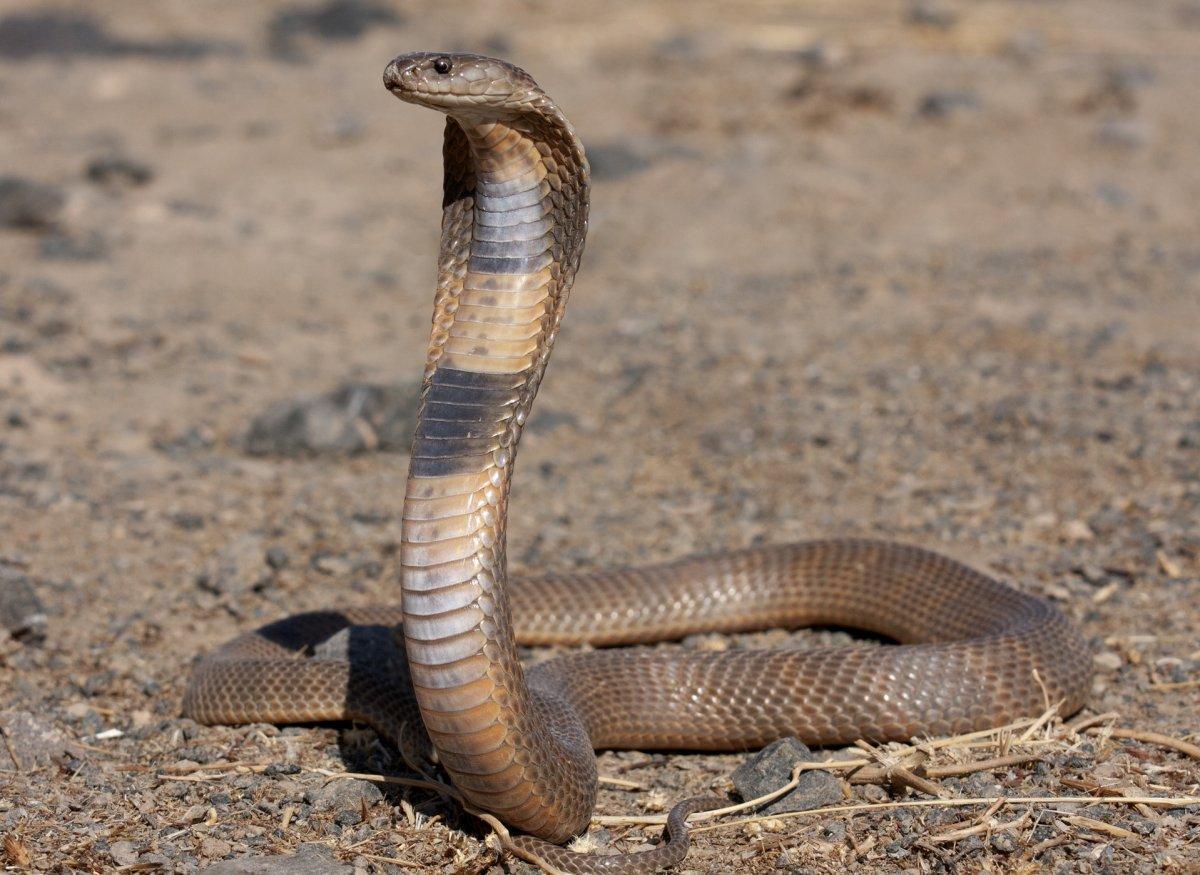
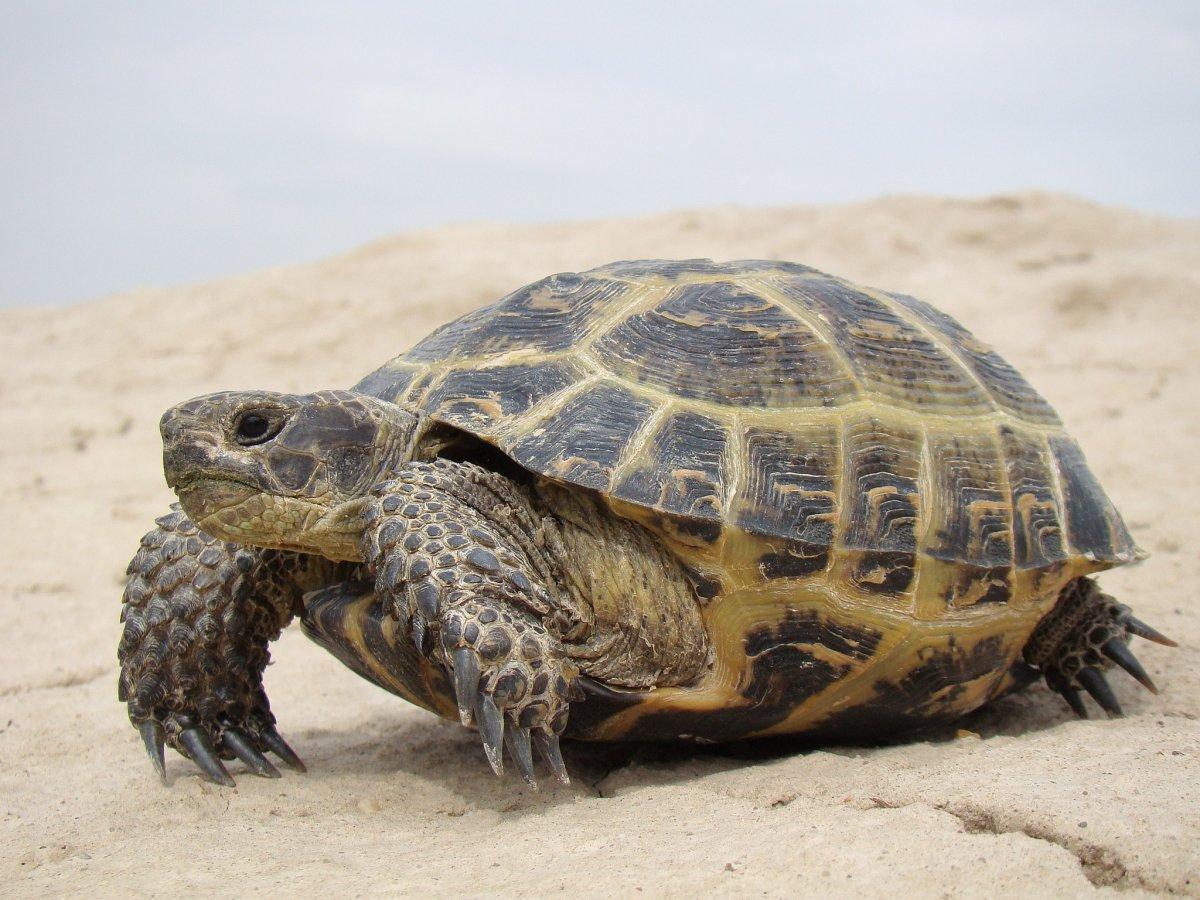
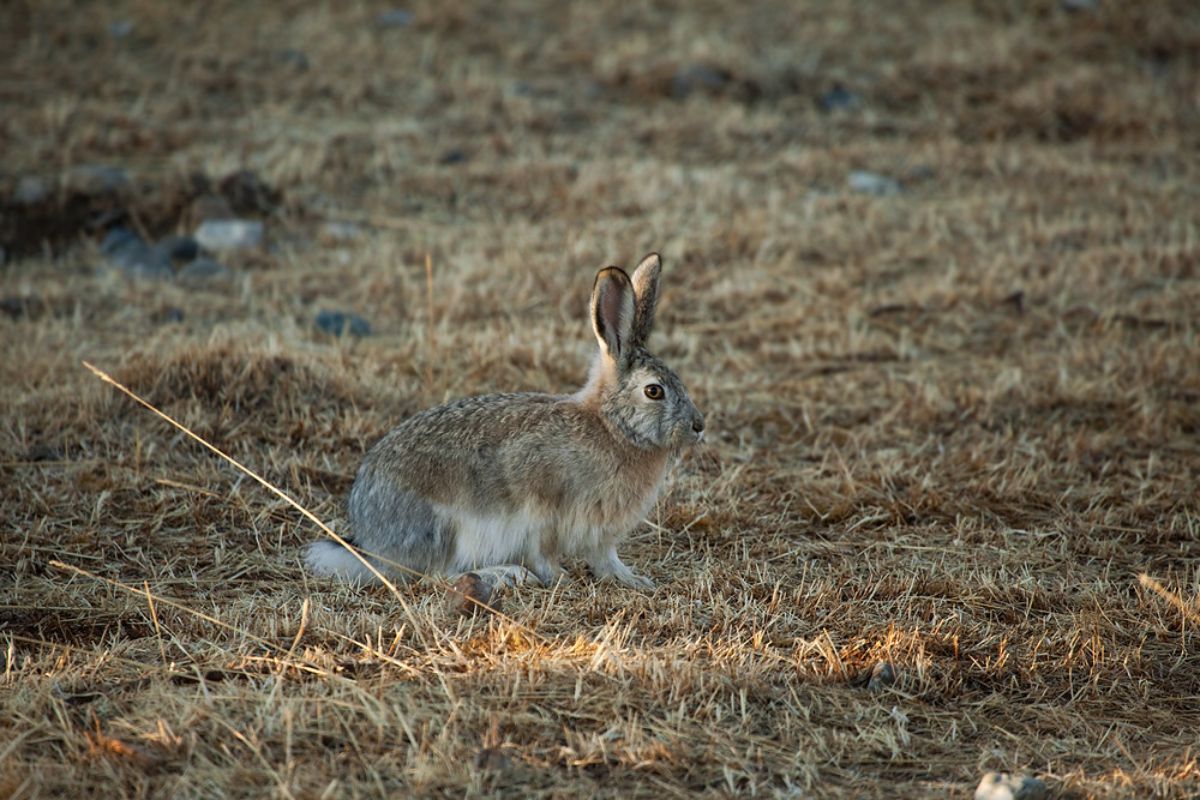
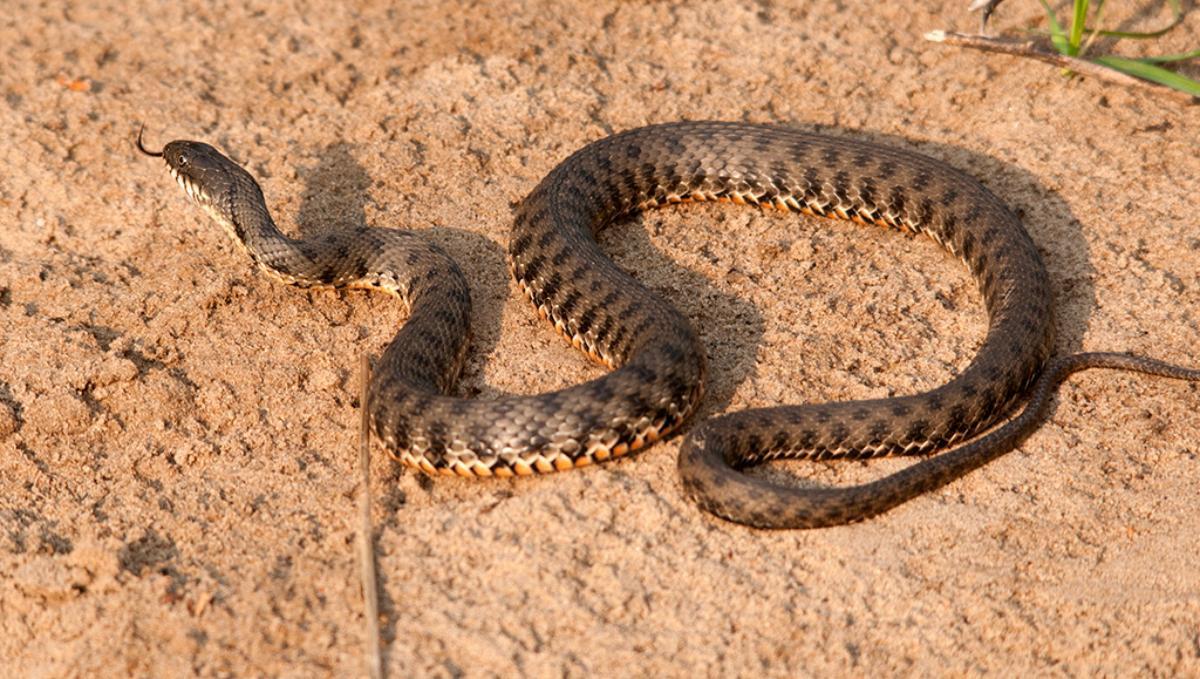
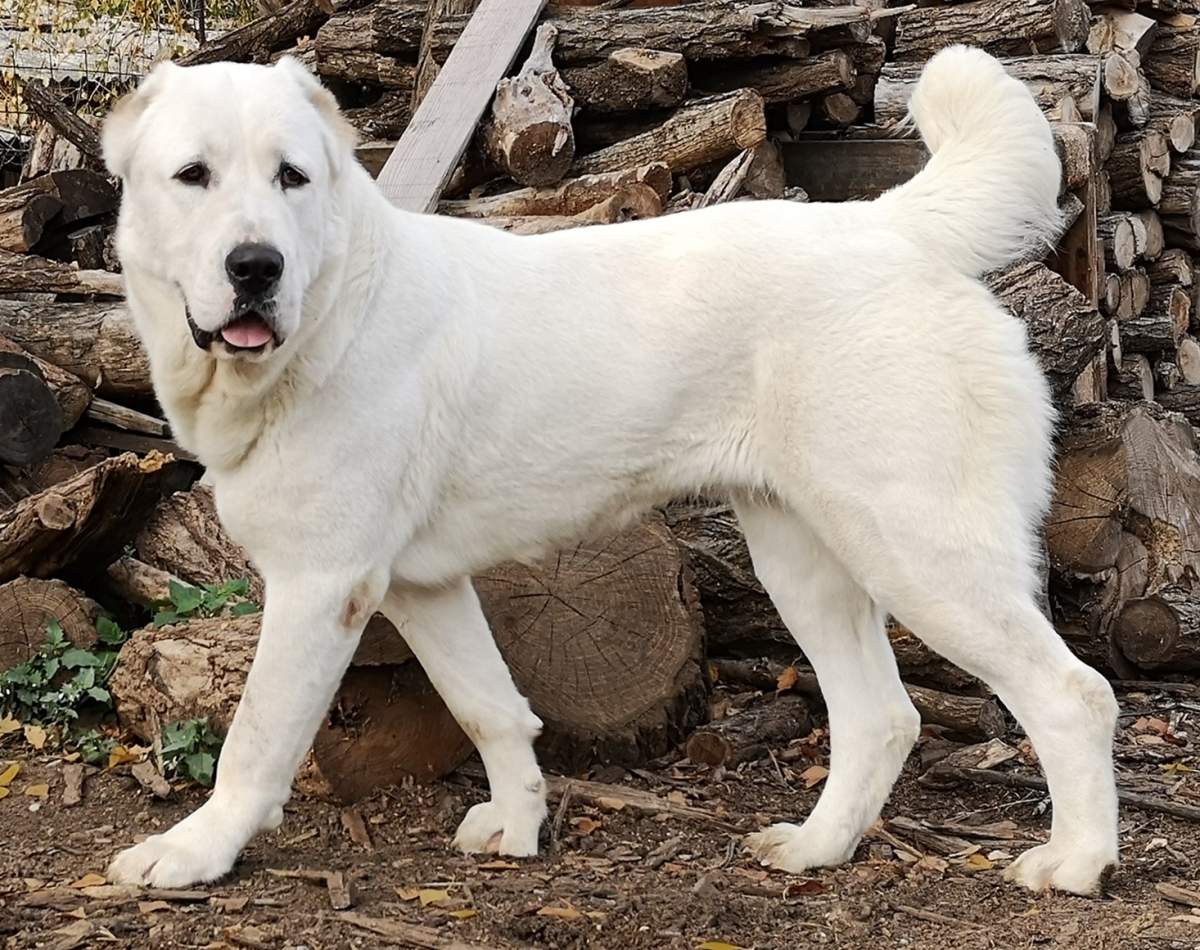

![24 Wild Animals in Guyana [Wildlife in Guyana]](https://www.kevmrc.com/wp-content/uploads/2022/08/24-wild-animals-in-guyana.jpg)
![33 Wild Animals in South Africa [Wildlife in South Africa]](https://www.kevmrc.com/wp-content/uploads/2022/12/33-wild-animals-in-south-africa.jpg)
![15 Wild Animals in Angola [Wildlife in Angola]](https://www.kevmrc.com/wp-content/uploads/2022/11/15-wild-animals-in-angola.jpg)